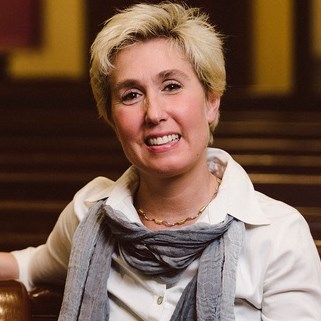
Older Hospital To Be Developed Into High End Housing or a State Mental Facility?
(6-18-21) How long does it take for someone with a mental illness to become stable enough to be discharged from a hospital?
Roughly 30 percent of Virginia residents are discharged within seven days, according to a report. The others are discharged within 30 days.
Henry Johnson, the chair of Alexandria’s Community Services Board (which oversees mental health services in the county) said it took him 11 months.
He is urging Virginia Governor Ralph Northam to use state money to purchase one of the oldest hospitals in Virginia and convert it into a new state mental health hospital. INOVA has announced that in 2028 it will close its 318-bed Alexandria Hospital, which has operated for 149 years, and build a new complex in a former, large shopping mall that closed in 2017. It wants to raze the older hospital and sell the land to housing developers.
It remains difficult in Virginia on some days to find available beds.
In addition, Johnson is calling on legislators to create a new classification that would make it tougher for hospitals to discharge psychiatric patients. Before a patient could be discharged, Johnson would require them to be able to advocate for themselves, have insight into their illness, and be willing to cooperate with a treatment plan for at least ten days.
In a recent letter, Johnson wrote:
“This would be a huge step towards the long term health of the chronically mentally ill, and I believe would reduce crime, reduce recidivism, reduce overall cost of mental health treatment by making recovery achievable for all, and likely have profound effects on chronic homelessness in the Commonwealth.”
The anti-state hospital movement of the past is being challenged more and more, with several states expanding and building more hospitals. What do you think about Johnson’s call for more longer term beds and tougher discharge criteria? What do you think about using the INOVA hospital for mental health rather than high end housing? Tell me on my facebook page.
Here is a copy of Johnson’s recent letter to Delegate Charniele Herring, the majority leader in the Virginia House of Delegates.







